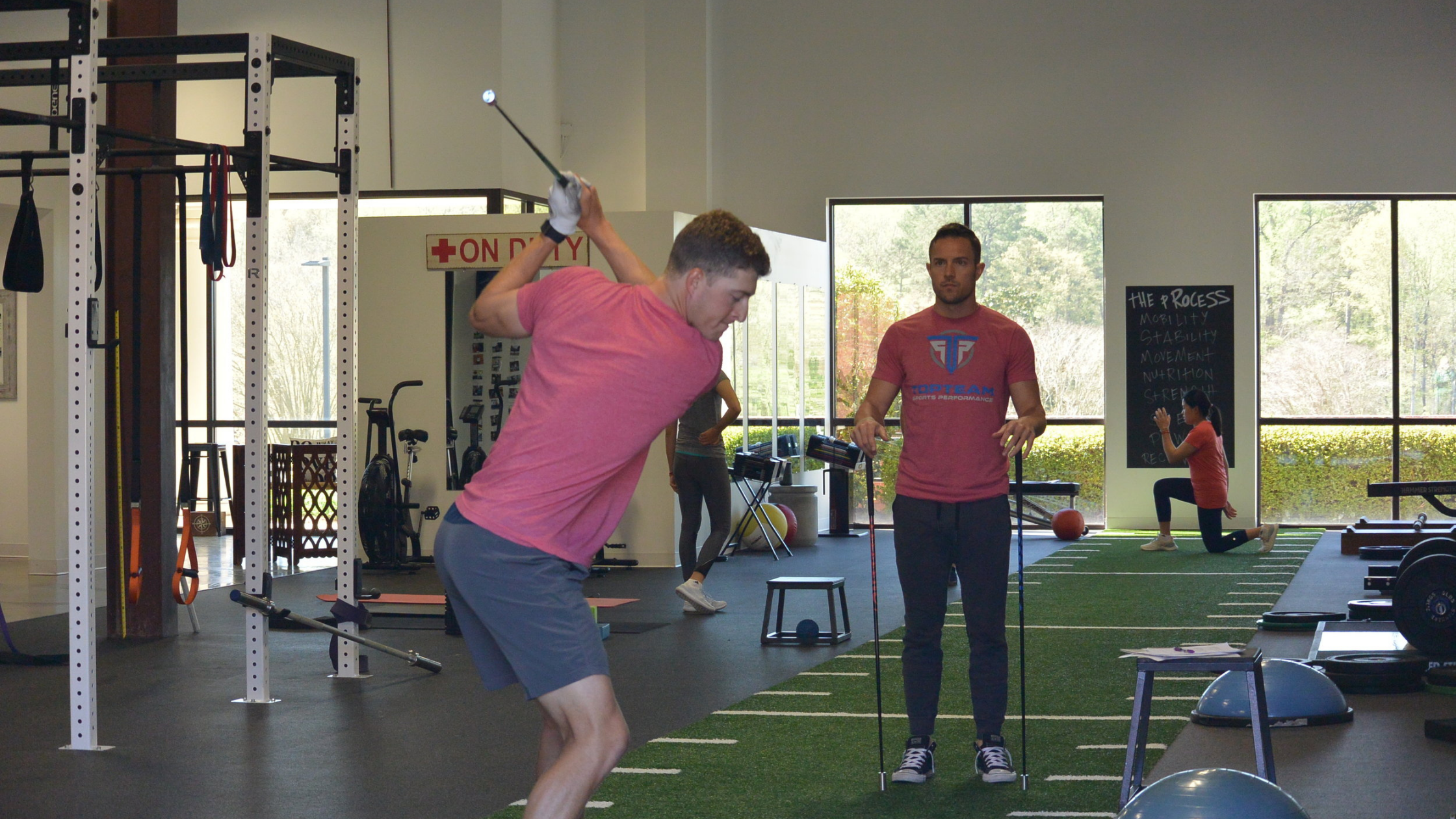
Are your speed gains accurate?
Mar 29, 2022
When assessing your gains during a speed training program it is essential that you are measuring speed in consistent ways to ensure that you are measuring speed gains accurately. As I have collected data in my lab there are a few keys that I would suggest every golfer employ when doing pre/post assessments. The main idea is consistency. Keep the pre and post sessions as similar as you possibly can. We don't want people to think they gained more speed than they did or not see the gains that they may have had. We want you to be fair and accurate in how you asses your own speed gains. Below are some key things to keep consistent between these sessions.
1. Warm up - Warm up the same way for the pre and post assessment. A good dynamic warm up and a handful of swings while increasing the intensity is a great way to go. You cannot have variable warm ups between sessions and expect to measure accurate speed gains. Write down what you did for the first session and do it the same way on the post session. Don't do a pre session cold or with an abbreviated warm up and a post session with a great warm up and expect you will have accurate results.
2. Intensity of Swing - Make sure the intensity of the swings is the same for both assessments. You can't have pre assessments where you are swinging like you are on a tight par 4 and your post assessments like you are playing in a scramble on a wide open par 5 and your partner is already 275 yards in the fairway. Make sure that both assessments are at the same intensity. This is why I like to use the idea of swinging as fast as possible, so at least your thought process is the same on the pre and post.
3. Club and ball - Make sure you are swinging the same club for both your assessments. Don't change the shaft or the length of the driver between sessions. Don't do a pre session with a driver and then a post session with a three wood. If your pre session is with air swings (not hitting a ball) that is fine, just make sure your post session is the same as well. Make sure you use the same ball if you are going to be measuring ball speeds.
4. Daily routine - Try and make your day the very same for both assessments. If you worked out really hard the morning of your pre assessment and then don't the morning of your post, that would influence it. Don't do a pre session first thing in the morning and a post session in the middle of the afternoon. If you slept wonderfully the evening before your pre and terribly before your post that would affect it. Try and have the day be as consistent as possible.
5. Device measurement - Make sure you are measuring with the same device. If you are using a PRGR for your swing speeds, use it for all of your speed measurements. Be as accurate as possible with setting up your radar. Put it in the same location relative to where you are swinging the club. I use tape and lines in my lab to make sure it is in the same position every time. Don't jump between measurement devices, as each will measure speed a little differently.
6. Environment - Try and keep the location and situation as consistent as possible. If you do the pre session in your living room do the post in your living room. If you do the pre session outside on the grass with golf shoes do the post the same way. Don't do the pre on wet grass in the morning and the post on dry grass in the afternoon. Keep that environment the same.
My goal is to be as accurate as I can with my research as it relates to speed training. These ideas, and others like them, allow me to be confident in the true gains you are gaining from your speed training.
Dr. Tyler Standifird
Assistant Biomechanics Professor
Utah Valley University
Photo - Top Team Sports Performance Jason Lindsay




